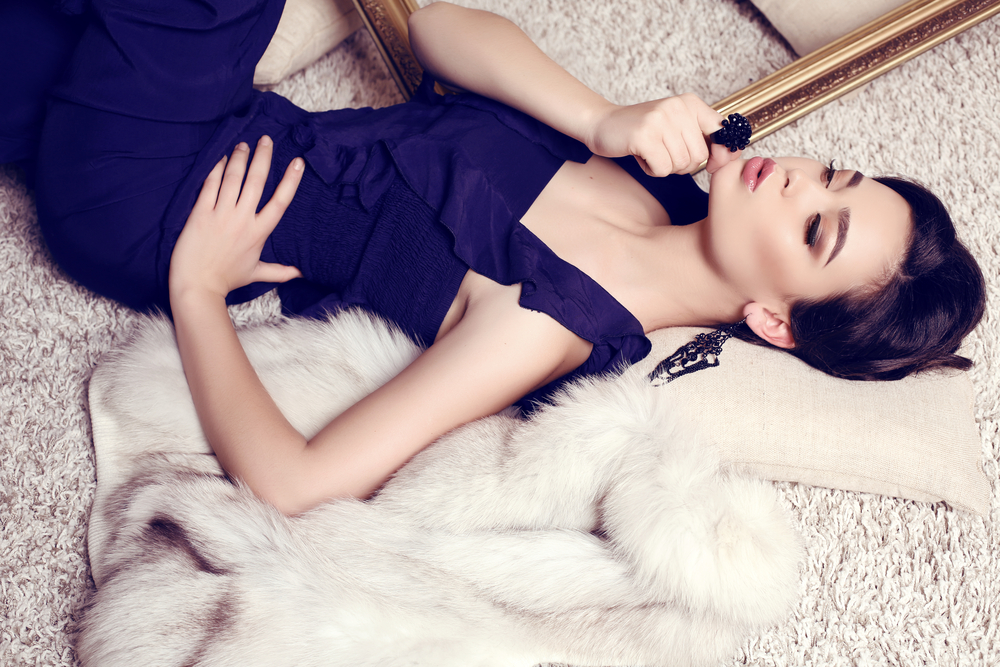
Photography is an art form that has the ability to capture moments and tell stories through beautiful images. Whether you are a professional model or simply someone who enjoys being in front of the camera, knowing how to pose can make a huge difference in the outcome of your photos. In this article, we will dive into the art of modeling (by models) and explore the techniques and tips to master the perfect pose for outstanding photoshoots.
1. Understanding Your Body and Its Strengths
Every individual has unique features and characteristics that can be highlighted through the right poses. Take some time to analyze and understand your body. Are you tall and slender? Do you have a strong jawline or defined cheekbones? Identifying your strengths will allow you to accentuate them during photoshoots. Experiment with different angles, postures, and movements to find out what works best for you.
2. Posture is Key
Proper posture is the foundation of a good pose. Before stepping in front of the camera, make sure you are standing tall with your shoulders back and your spine straight. This not only helps create a strong presence but also adds elegance and grace to your overall appearance. Good posture gives you confidence and allows the photographer to capture your best angles.
3. The Power of Gesture and Expression
Beyond the physical aspects, modeling is also about conveying emotions and telling stories. The way you use your hands, eyes, and facial expressions can significantly impact the mood and message of an image. Experiment with different gestures and expressions to find the ones that resonate with your desired outcome. Remember, practice makes perfect, so don't be afraid to try different poses in front of a mirror or during test shoots.
4. Mastering Posing Techniques
There are numerous posing techniques that models use to create visually striking images. Some popular ones include the S-curve, the triangle pose, and the dynamic pose. The S-curve, where the body forms an S-shape, is often used to create a sense of movement and fluidity. The triangle pose, with one foot slightly in front of the other, helps to create a balanced and visually appealing composition. The dynamic pose involves capturing the subject in mid-action, adding energy and excitement to the image. Experimenting with different posing techniques will help you find your signature style and create captivating photographs.
5. Be Mindful of Body Language
modeling (or modelling) is not just about looking good; it's also about communication through body language. A successful model knows how to convey emotions and messages through their posture, gaze, and movements. Each pose should tell a story and evoke a certain feeling. For example, a relaxed and open posture can communicate confidence, while a closed-off posture can convey vulnerability. Being aware of your body language and the message you want to convey will help you create compelling images.
Frequently Asked Questions:
Q1: How can I improve my posing skills?
A1: Practice is key when it comes to improving your posing skills. Experiment with different poses in front of a mirror or during test shoots. Study posing techniques used by professional models and photographers, and try to replicate them. Don't be afraid to step out of your comfort zone and explore new poses.
Q2: What should I do if I feel awkward or uncomfortable in front of the camera?
A2: Feeling awkward or uncomfortable in front of the camera is common, especially if you're new to modelling (or modeling) . To overcome this, practice poses and expressions in a comfortable and private space, such as in front of a mirror. Work on building your confidence and embrace your unique features. Remember, the more you practice, the more comfortable you will become in front of the camera.
Q3: How important is communication with the photographer during a photoshoot?
A3: Communication with the photographer is crucial for a successful photoshoot. Before the shoot, discuss your ideas, expectations, and desired outcomes with the photographer. During the shoot, don't hesitate to ask for guidance or feedback. Remember, the photographer is there to capture your best moments, and their expertise can help you achieve outstanding results.
Q4: Are there any specific poses that work well for different body types?
A4: While some poses may work better for certain body types, there is no one-size-fits-all rule. It's essential to embrace and celebrate your unique body type. Experiment with different poses and angles to find out what works best for you. Remember, confidence is key, and it will shine through in your photographs.
Q5: How can I find my signature posing style?
A5: Finding your signature posing style takes time and experimentation. Pay attention to the poses you feel most comfortable in and receive the most positive feedback on. As you gain experience and confidence, your signature style will naturally emerge. Don't be afraid to try new things and push your creative boundaries to find what sets you apart as a model.
In conclusion, modeling is an art that requires practice, creativity, and self-awareness. Learning how to pose effectively can elevate your photographs from good to outstanding. By understanding your body, mastering posing techniques, and using gestures and expressions effectively, you can create visually striking images that tell stories and convey emotions. Remember to embrace your uniqueness and communicate through body language. With these tips in mind, you are now equipped to master the art of modelling and create outstanding photoshoots.
Other useful resources
- https://blog.planetmodelphoto.com/models/modeling/
- https://en.wikipedia.org/wiki/Category:Models_by_modeling_agency